This four-blog series will delve into the intricacies of integrating automation into the heart of pharmaceutical research and development labs, from flexibility and usability to integrating data and improving error handling.
This final blog of the series explores how lab automation can help scientists trust in data through real-time, reliable, traceable data transfer and agnostic integrations.
Skip to:
Automation was long touted as a cost-effective way to ‘deliver more, better’. It has certainly done that, enabling large-scale experimentation to generate data rapidly.
The result is that we have almost an overabundance of data in certain areas, some of which can’t be contextualised in the way that it needs to be for it to be truly usable in a scientific setting.
Without standardisation and traceability in particular, we’re hitting roadblocks when it comes to relatability and reproducibility.
Why is data such a challenge in life science
The convergence of technology and connectivity combined with a shift in attitudes and rife consumerism has given us unprecedented access to global behavioural, biophysical and biomedical data.
This has given us a much better understanding of public health problems, and we’ve opened up many ways we can respond to these. However, those developing treatments have complex strings of data to rationalise, and much of that data was never collected with scientific application in mind.
Disparities in collection techniques mean commonalities are hard to find, and essential elements can often be missing from auxiliary information or metadata.
We also still have too many manual processes – at the experiment stage and in data collection – so ensuring the quality of our data is time-consuming.
Developing non-networked lab systems hasn’t helped, nor has locking drivers or data files. The lack of flexibility in lab automation solutions compounds this issue by generating this inoperable data at speed.
A new approach to lab automation can help tackle some of these challenges, though. Let’s explore.
Rethinking how data from lab automation can work harder for scientists
This four-part series on building trust in automation has focused heavily on flexibility, usability and error handling, and all of these themes apply to data in life sciences, too.
To reap the benefits of how much information we have access to, we believe that automation should produce high-quality, timely, usable data that is traceable, secure, and connected.
Higher-quality data with automation
Although we have abundant data, it doesn’t mean we need less. Sometimes, we must collect more to contextualise things correctly and achieve the quality we need. We also cannot rely on manual activities for this data collection which increases the risks or transcription errors and reduces the reliability of the data.
More data points
With lab automation that connects and transfers data from across integrated workcells or workflows, you can introduce many more data points to support analysis and promote further experimentation.
Our complete lab automation platform, LINQ, transfers data from all instruments it integrates, either directly into a LIMS or via any third-party data tools you use.
LINQ also removes manual transcription tasks and collects much more information directly from the experiment.
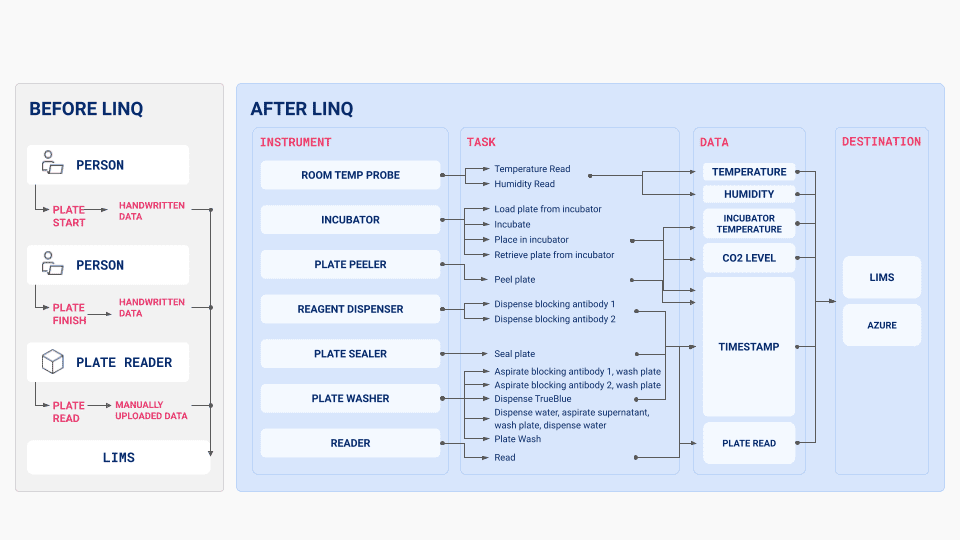
Good lab automation software should help with standardising and transferring data as much as possible – systems that don’t have advanced data management options are adding to the problem.
One clinical genomics laboratory we worked with went from 3 data points per plate to 39 after automating with LINQ, highlighting how quickly the volume of data can become overwhelming without automated data management.
| 3 | 39 |
| data points per plate before LINQ | data points per plate after LINQ |
Automated data transfer
Lab automation is all about removing errors and improving the quality and reliability of results. This should extend to data, too.
Automation that can facilitate the two-way sharing of information between instruments and databases – and, even better, automation that can standardise that data – is a must-have for high-throughput labs.
LINQ, for example, has been architecturally designed to work with most data repositories.
It can connect the instruments and data generated from the workflows we automate to any ELN/LIMS, and the user dictates what they collect.
This direct integration removes the need for manual data entry, which can lead to errors and can help contextualise the information by giving the user access to metadata files.
Timely information sharing with automation
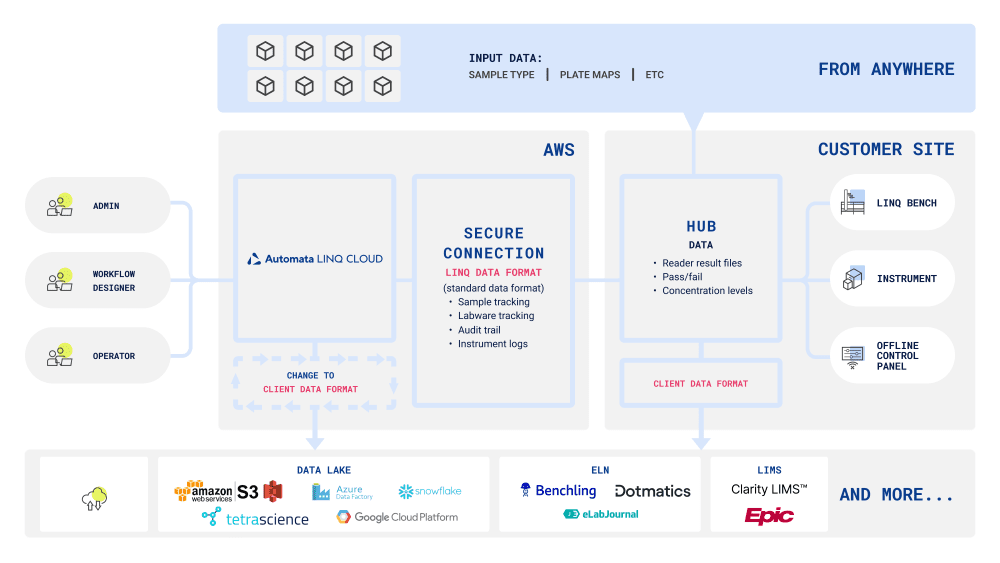
Data can become very old very quickly, and it can be difficult to keep track of what is the most up-to-date information available.
This becomes a more significant challenge when you run advanced workflow automation that can test thousands of compounds in a few days.
A high-throughput screening assay that we automated was able to test 10,000 compounds with five cell lines in just one and a half days; it would take one and a half weeks with comparable semi-automated solutions.
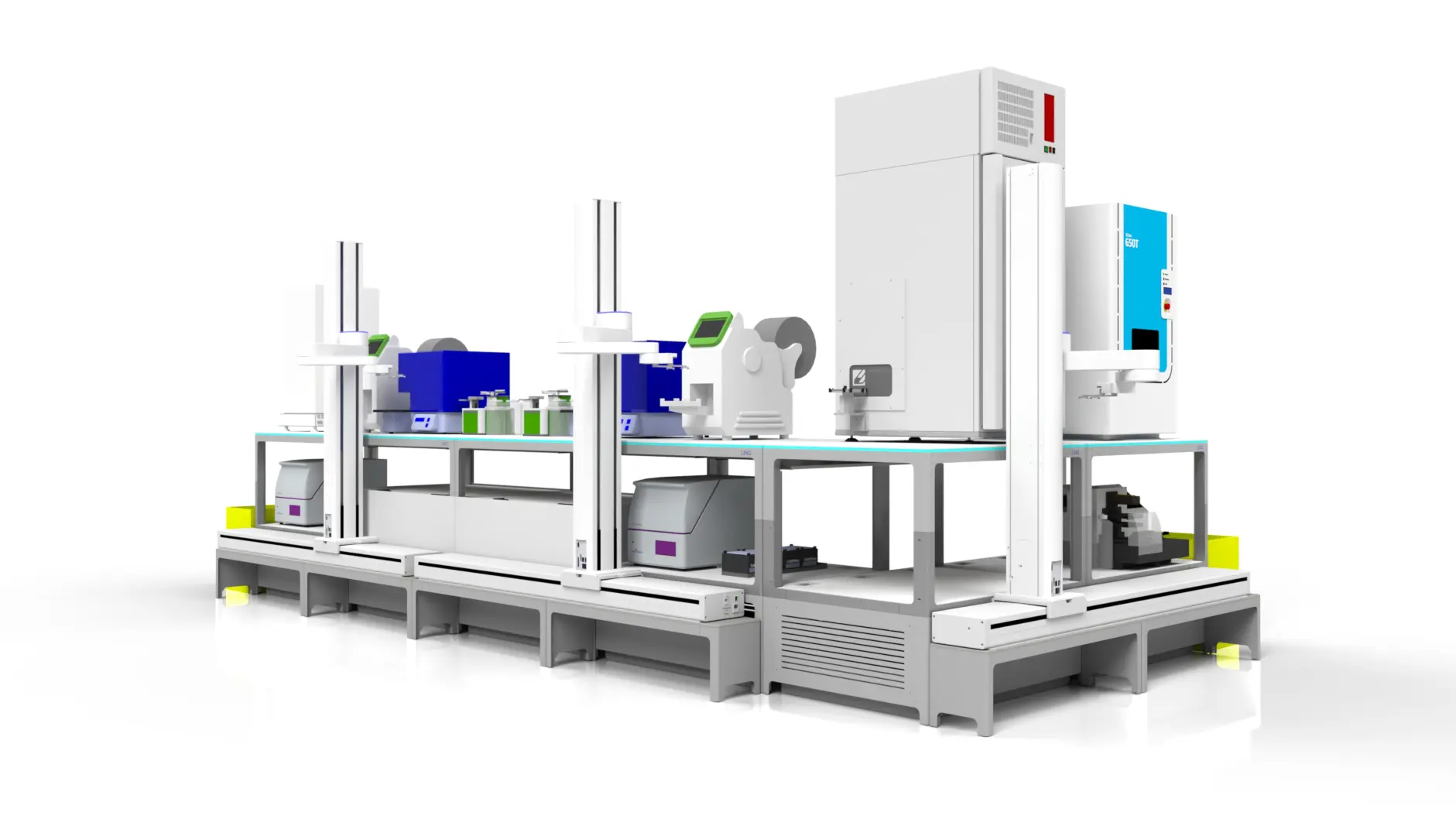
| 10,000 compounds | 5 cell lines | 1.5 days |
With up to 100 plates per day running through this system per set-up, you can quickly see that the volume of data generated would be massive. Without this being delivered to a LIMS in real-time, there’s a risk of it becoming obsolete even by the end of that day.
Because LINQ is a complete automation platform, every action is tracked without intervention and securely recorded via the software LINQ Cloud. Whatever data you tell the system to collect from components in the workflow will be transferred to your data lake in real-time for immediate use.
Improving data traceability with automation
Data loses its value if its origin can’t be traced and the environment in which it was collected isn’t understood.
Though often user groups of data initially start small and specialised, we’ve seen the need for sharing even the most nuanced information outside of original communities become common – our COVID-19 pandemic response, for example, saw public and private companies working together towards a vaccine.
To make it usable and preserve its lifespan, data needs to have an element of traceability, something that lab automation can provide with ease.
By removing manual interactions in the lab and controlling them digitally, you can benefit from the dynamic information transfer capabilities of advanced software like LINQ Cloud.
LINQ Cloud is the software component of our LINQ end-to-end workflow automation platform, and it’s how users dictate their needs, test the parameters of their experiments and visualise the results.
Users can input parameters and run instructions, simulate and schedule experiments for confidence in the results, and analyse every action that’s taken place in the run.
It captures data from all events in the run, and permission-controlled access allows users to export audit logs easily.
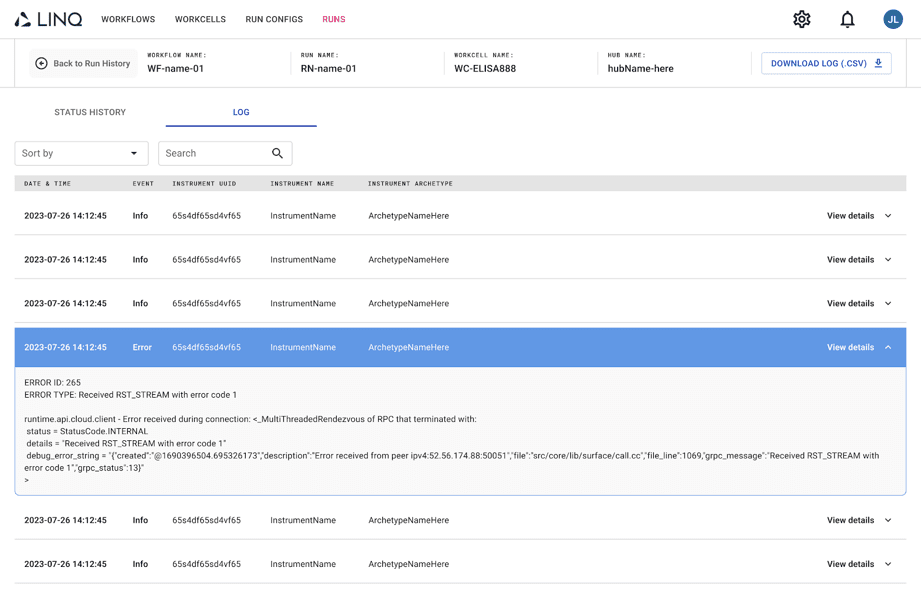
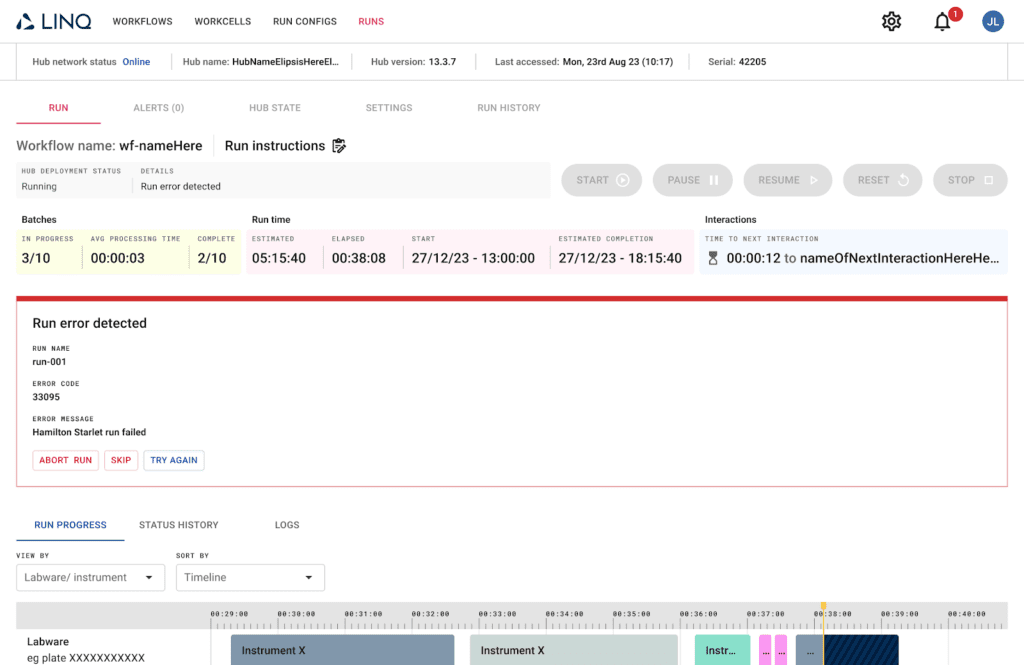
LINQ Cloud standardises the information it receives from the workflow and its instruments and transfers it to any data lake you need, instantly improving the traceability of your experiment data.
Connect automation for better collaboration
FAIR data is findable, accessible, interoperable and reusable, which in 2024 means it needs to be available digitally.
With cloud-based automation solutions like LINQ, data can be piped into a centralised resource in real-time for immediate use by whoever has access – across teams or entire organisations.
LINQ Cloud has 21 CFR-approved user management capabilities for internal collaboration, promoting confidence through secure access rules. You can set permissions at admin, creator and operator levels so everyone can see what they need to see, with audit trails for transparency and traceability.
LINQ Cloud aims to provide labs within a single source of truth. If we can do this, confident collaboration becomes more straightforward, and repeatability and reproducibility are safeguarded.
Infrastructure-wide collaboration and beyond
The benefits of centralising the design, execution, troubleshooting and data collection increase exponentially when you move to infrastructure-level automation that connects all automation systems across your lab network to one highly capable software platform like LINQ Cloud.
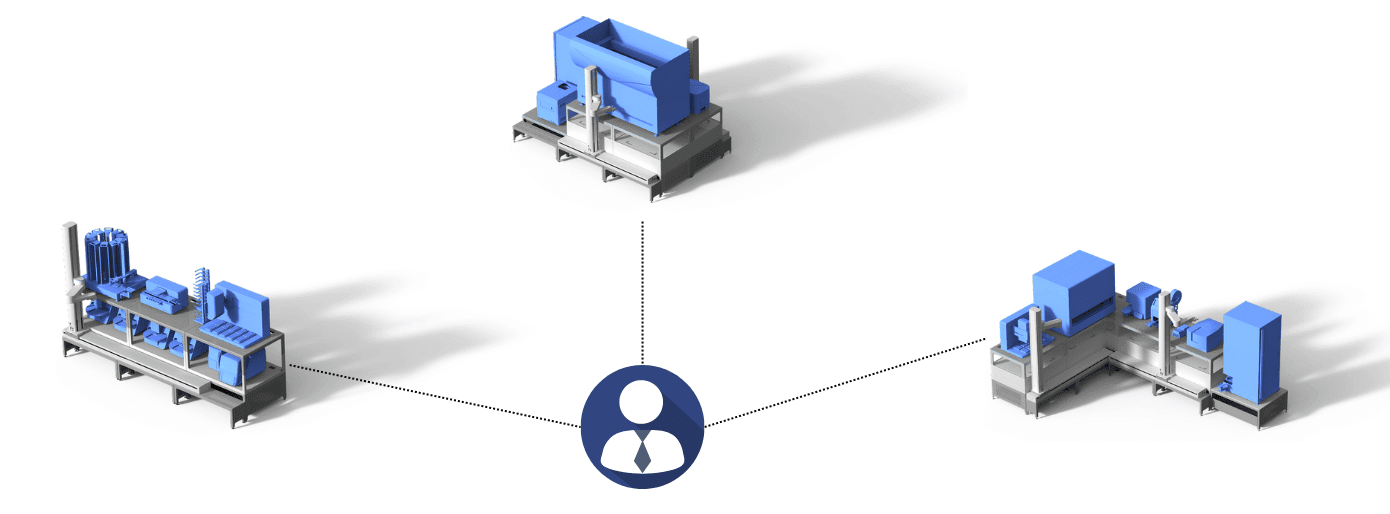
This centralisation creates a digitally shared bank of data and instruments that anyone can use to adapt, simulate and analyse experiments without impacting the day-to-day activities of systems.
Life science and technology came together to generate the type of data we needed to revolutionise drug discovery and therapeutics. Now that we’re generating that data at scale, we must look to technology again to make sure it’s interoperable and ready for the next revolution of connectivity.
Automata CEO Mosfata ElSayed put it best in his most recent update:
Discover how LINQ can create a central source of truth for your lab, get in touch with the team today.
Read the other blogs in the series

This blog explores why flexibility in lab automation is so difficult to…
Read more Tackling flexibility
Why is lab automation so hard to use? And why does it…
Read more Balancing usability and functionality
Discover how automation platforms like LINQ handle errors to improve trust and…
Read more Making error handling better